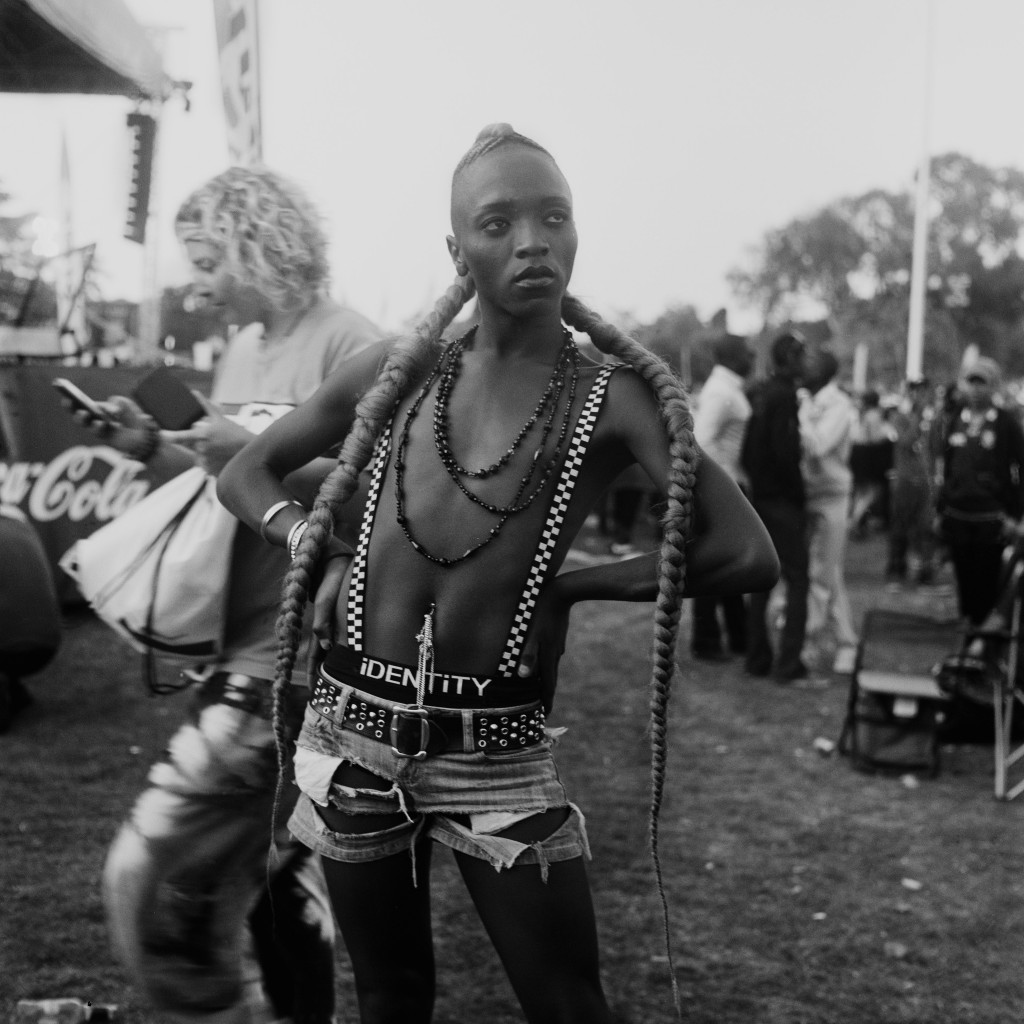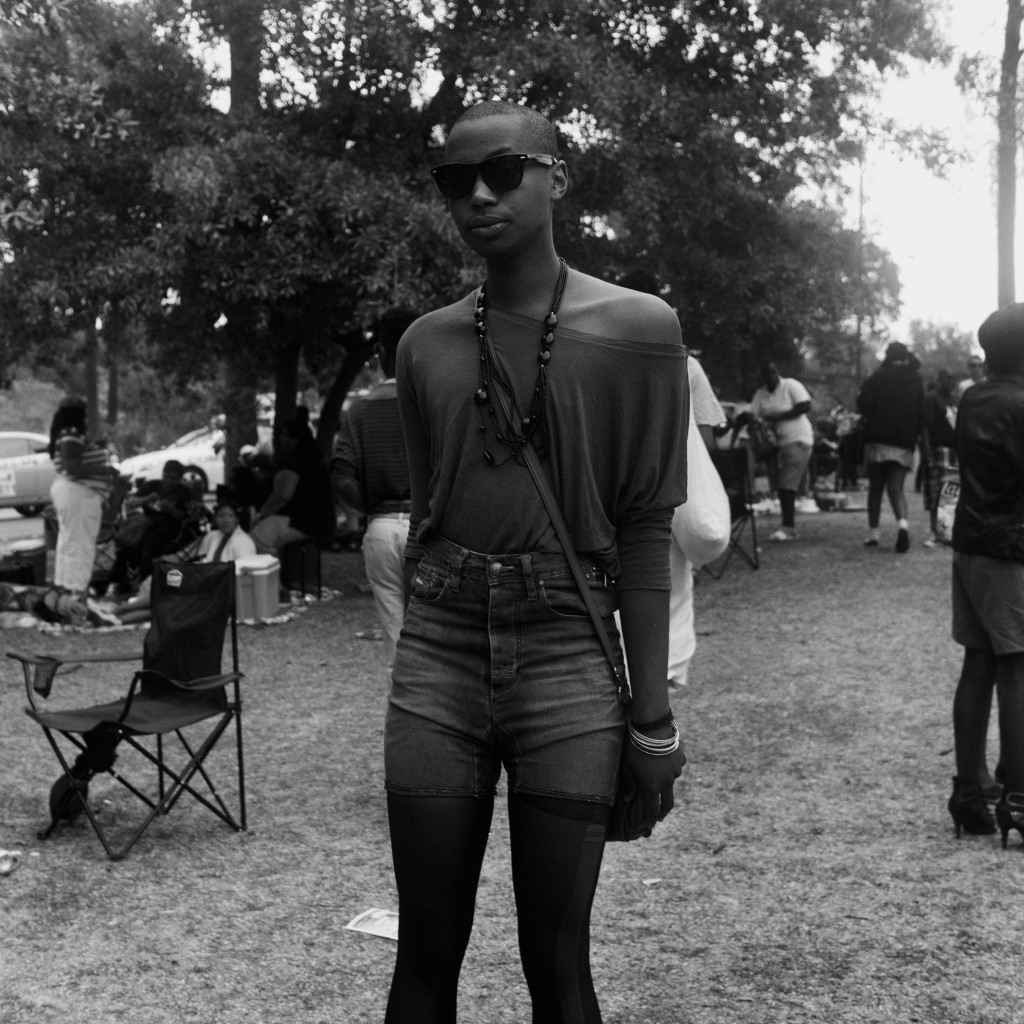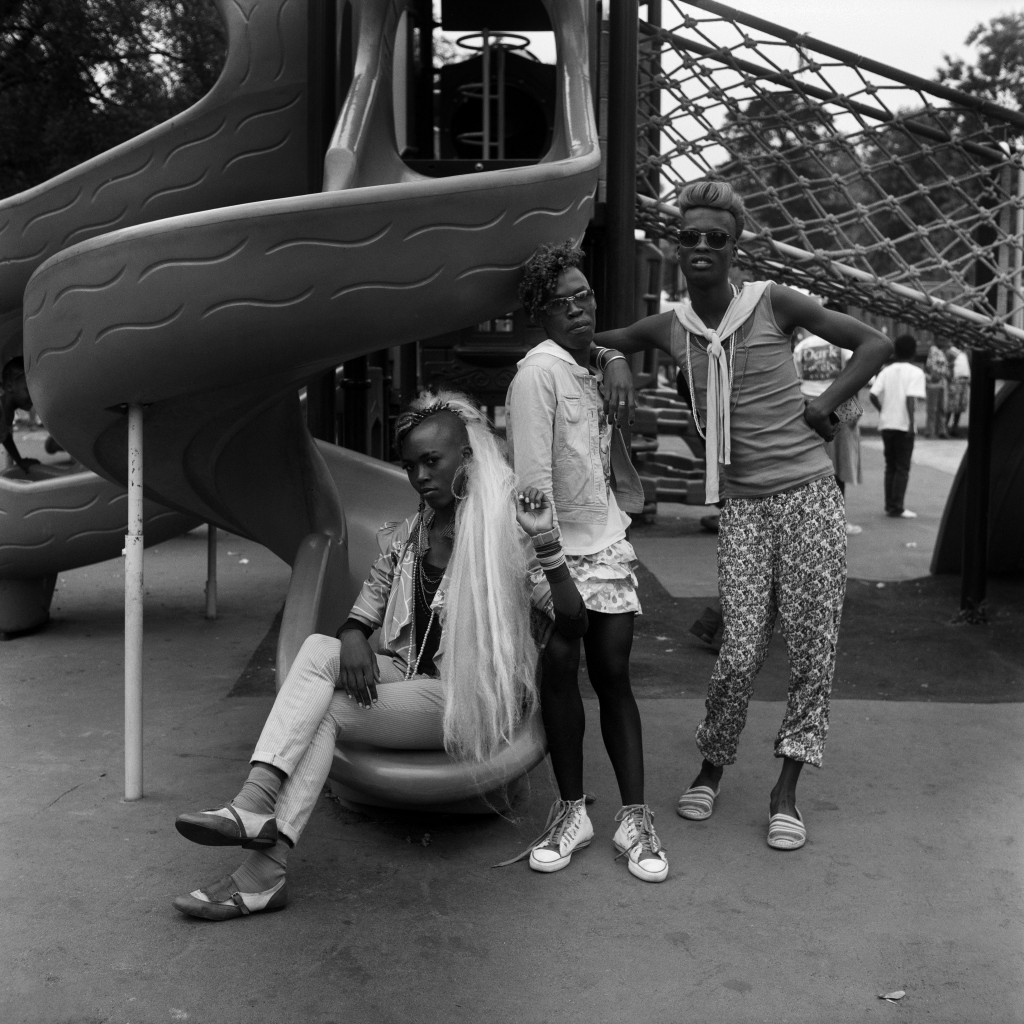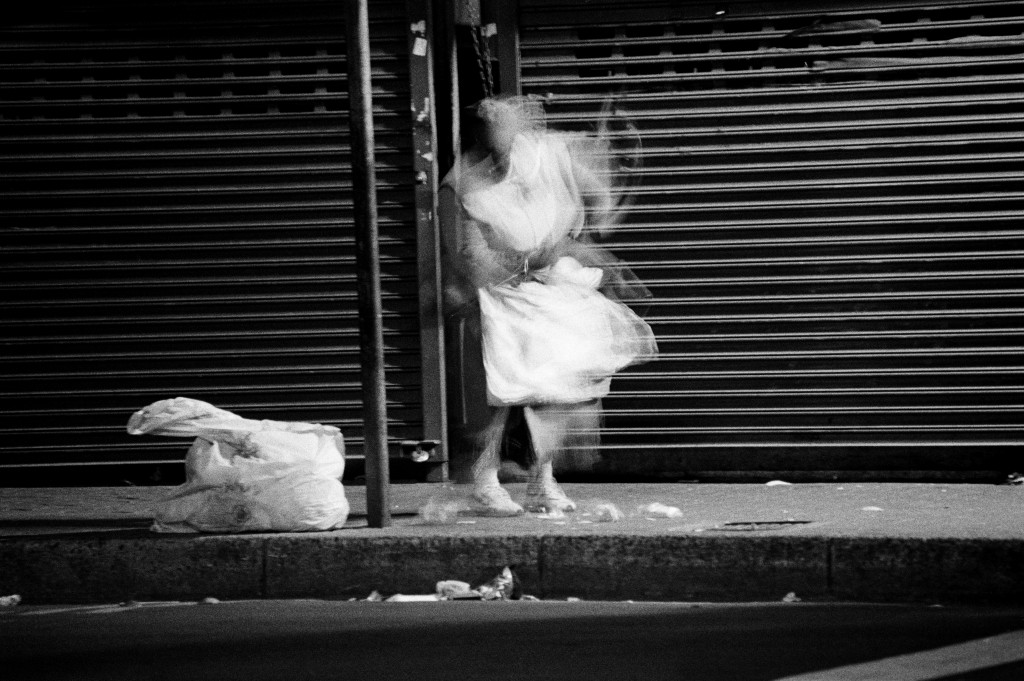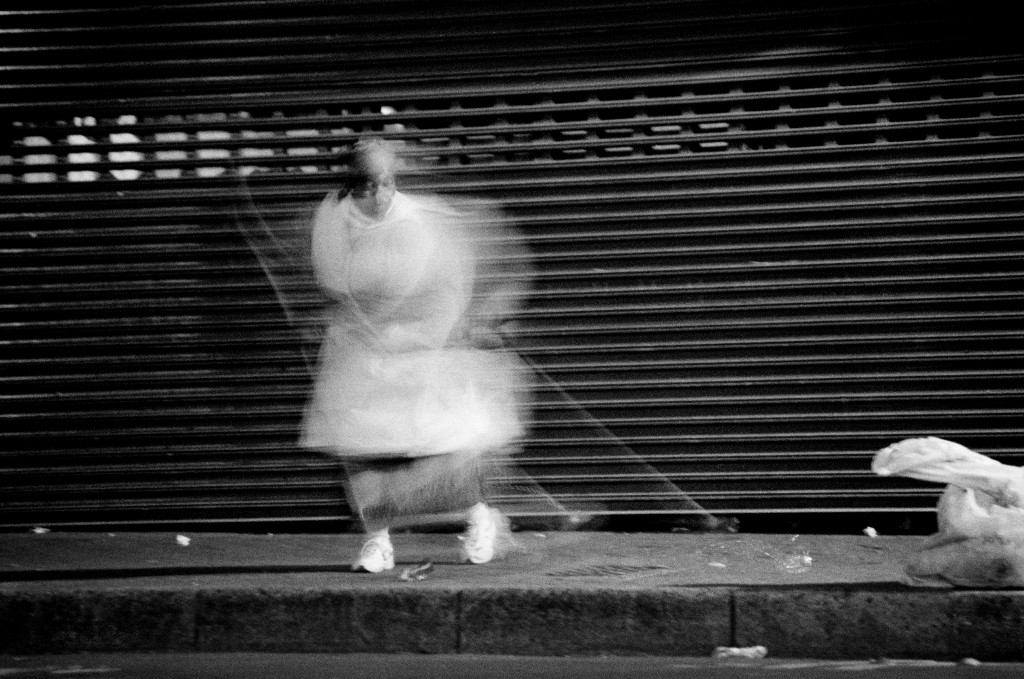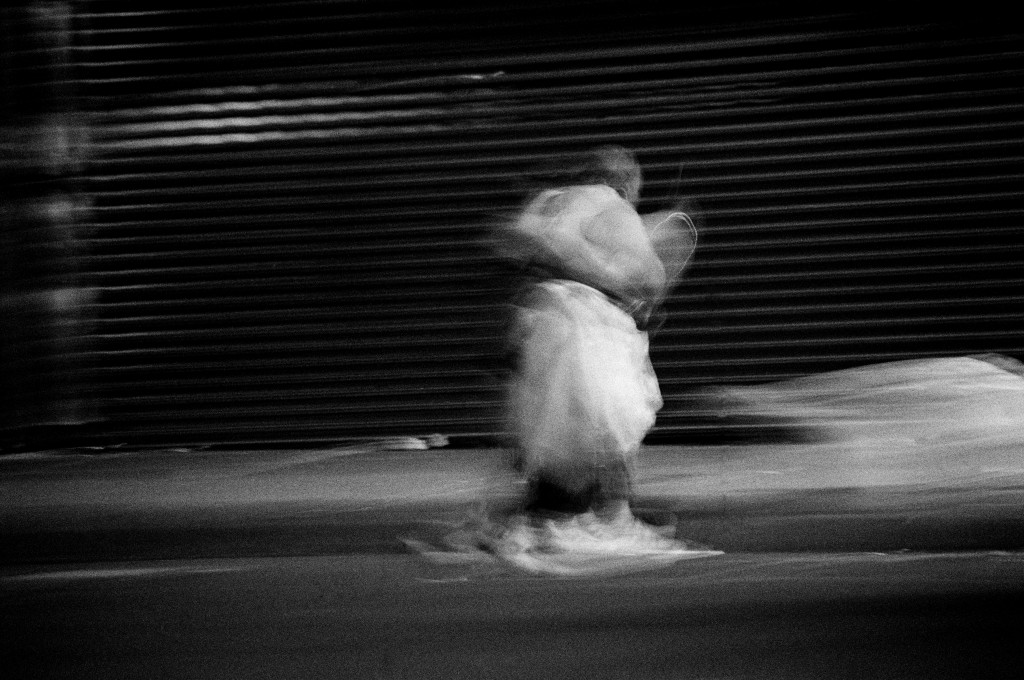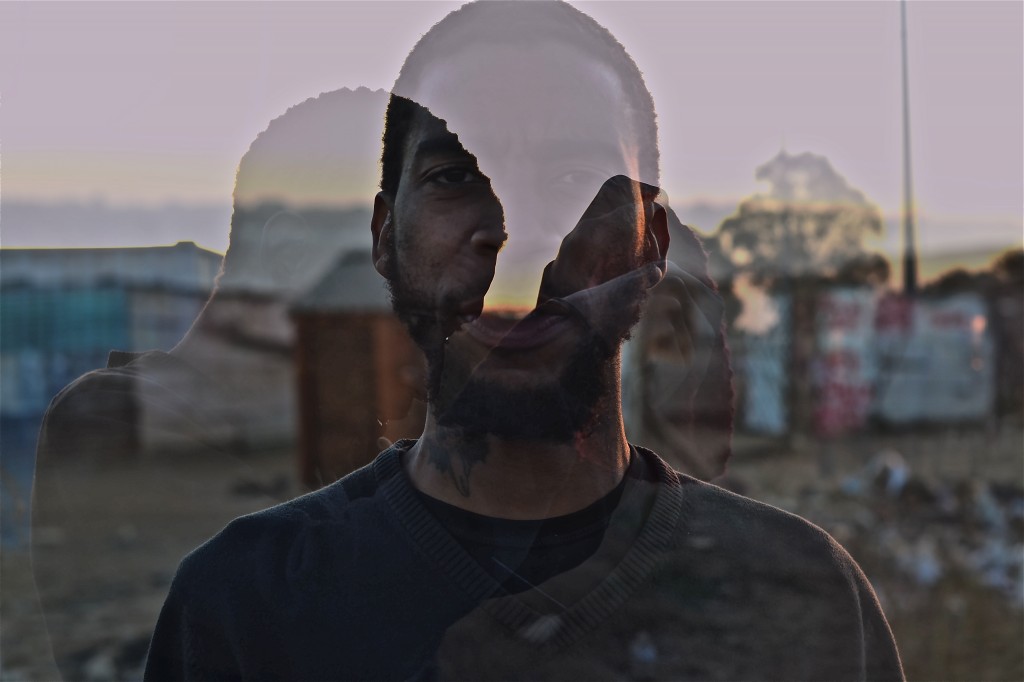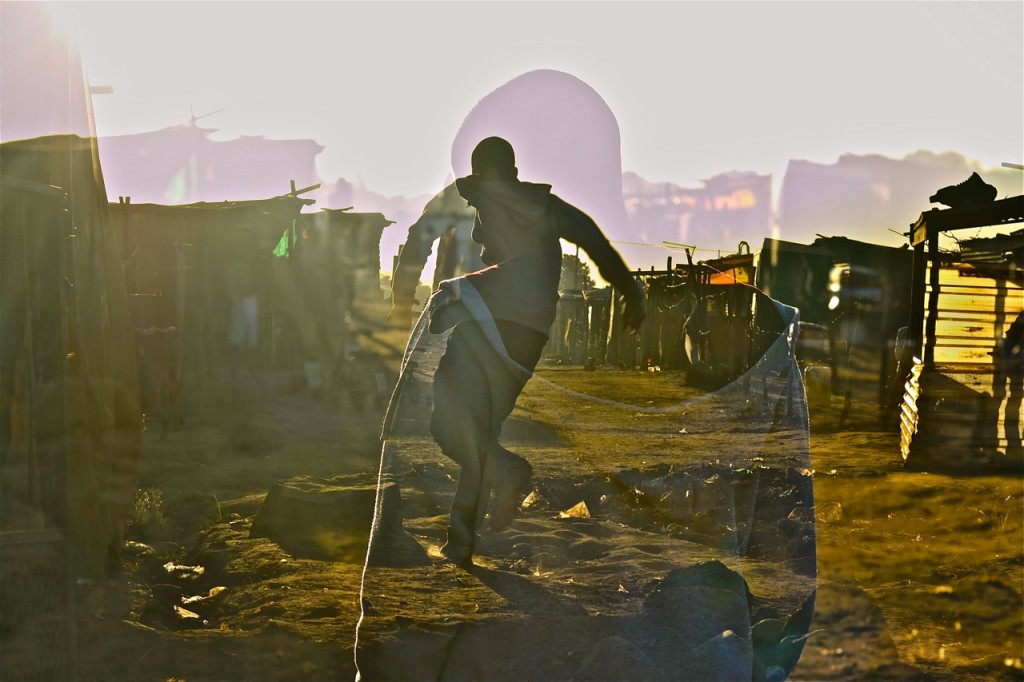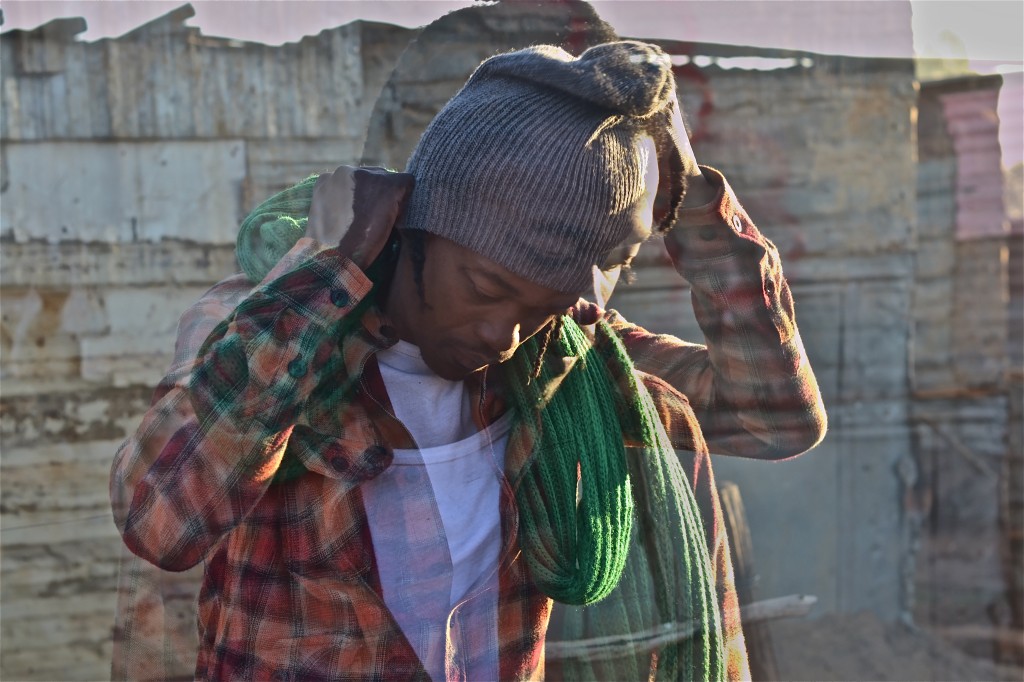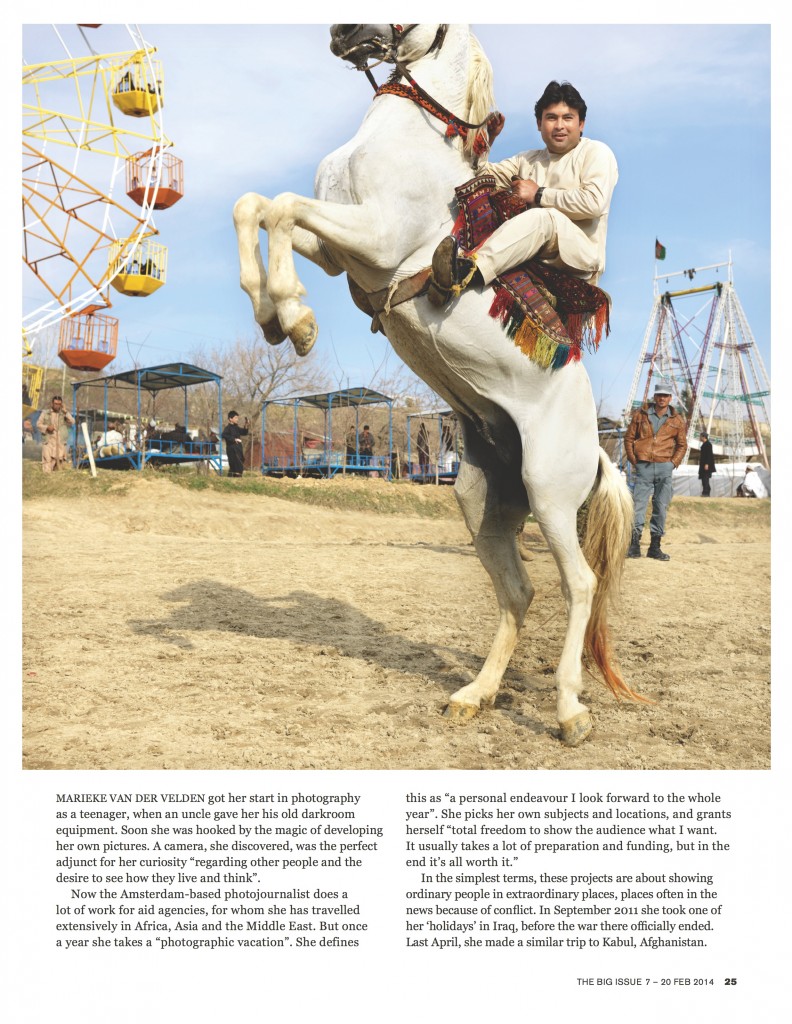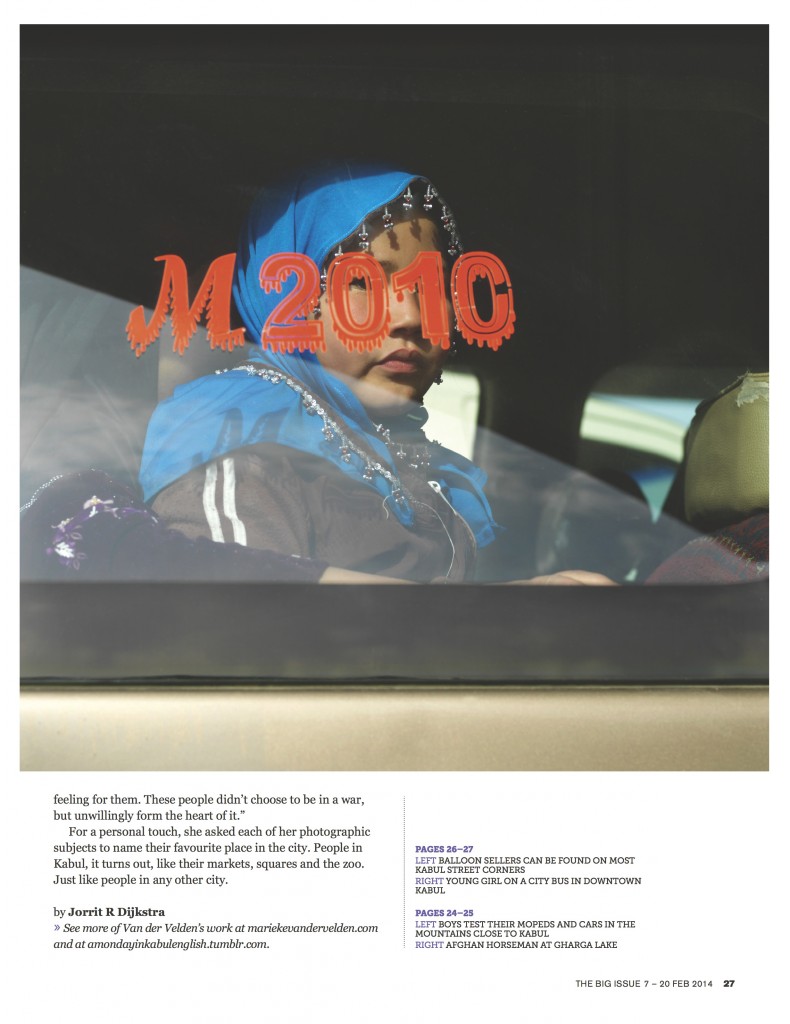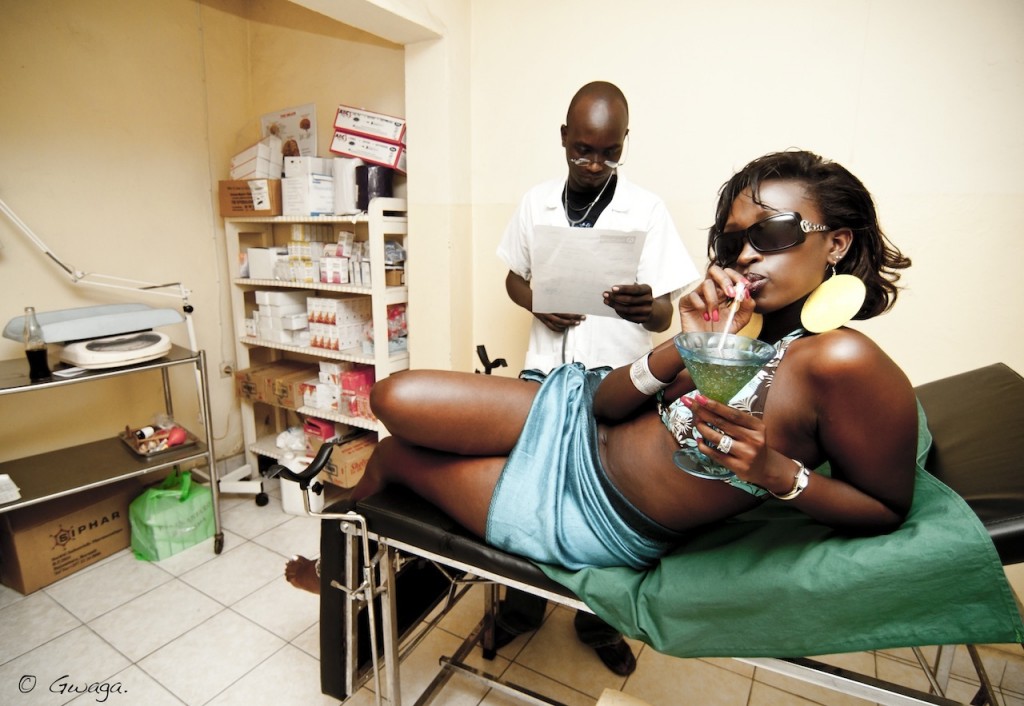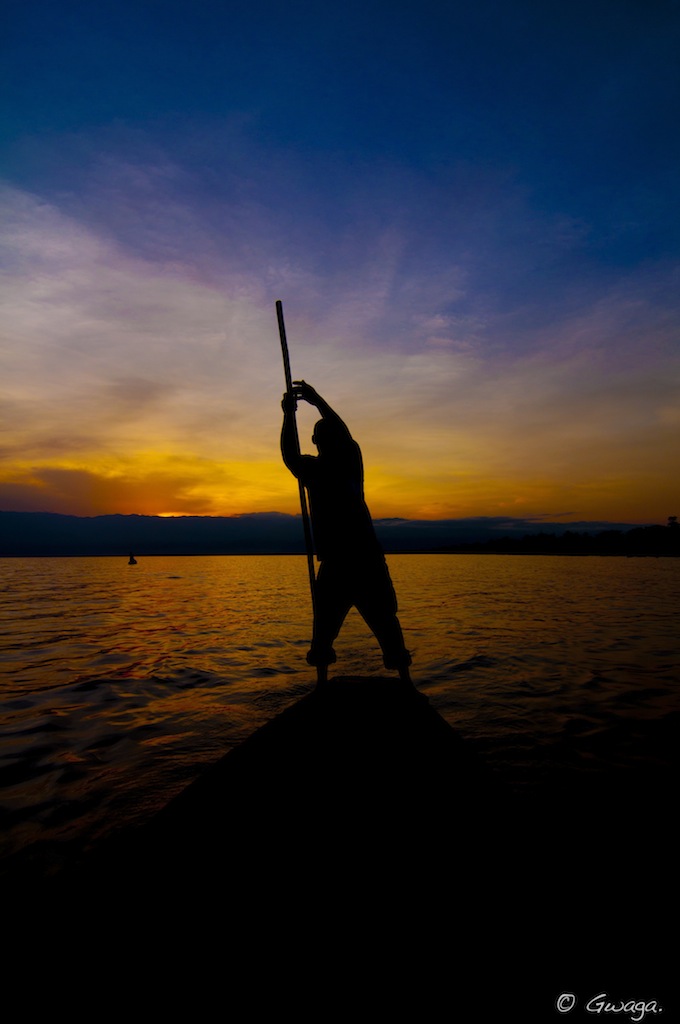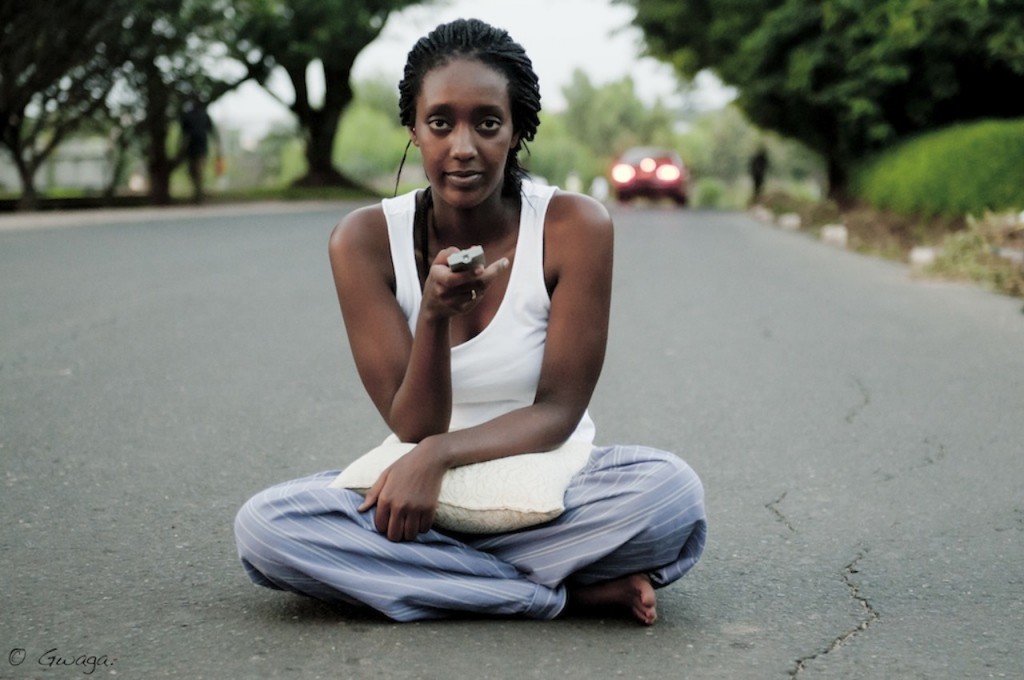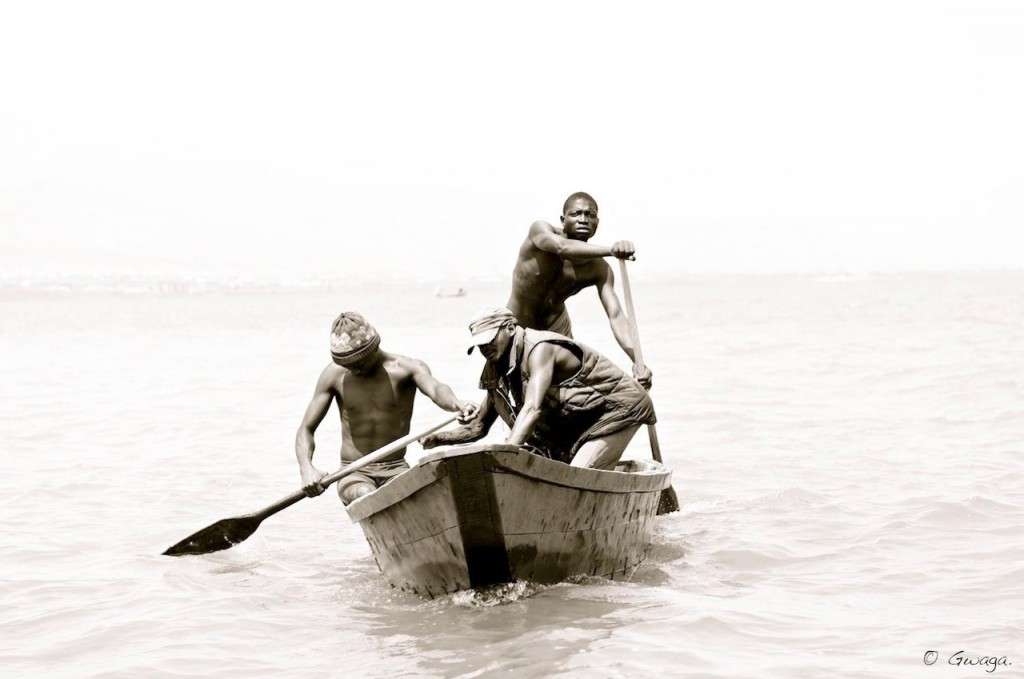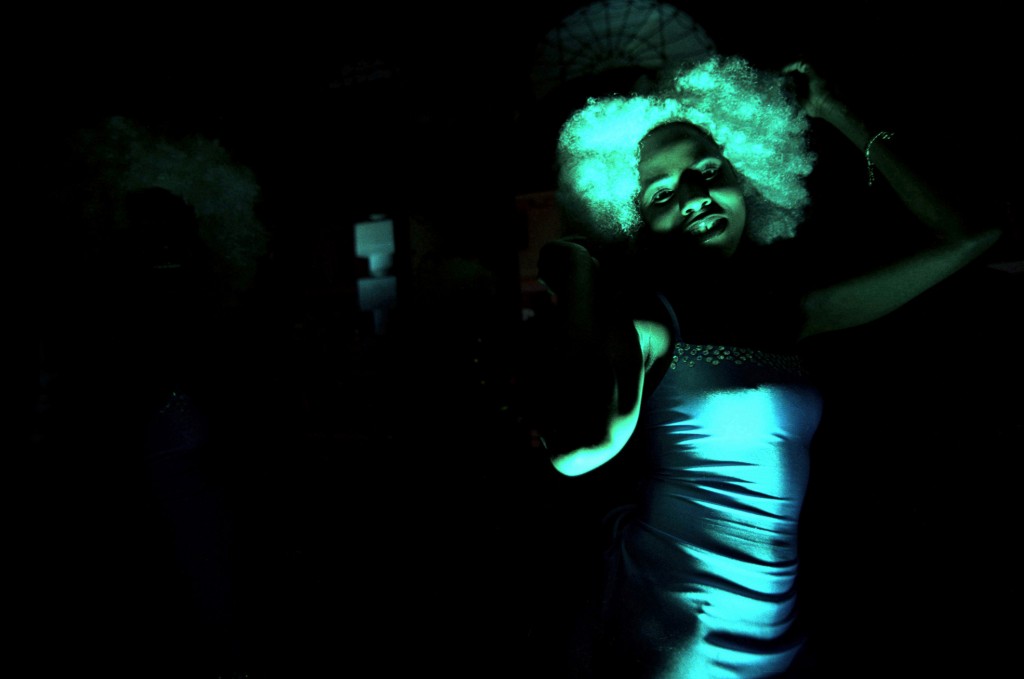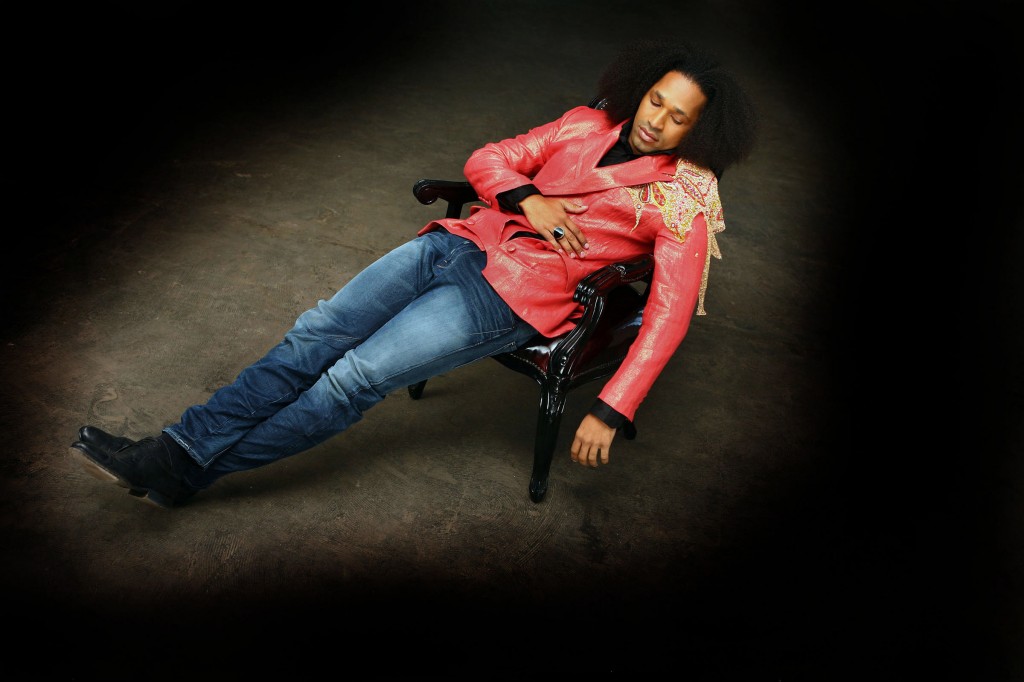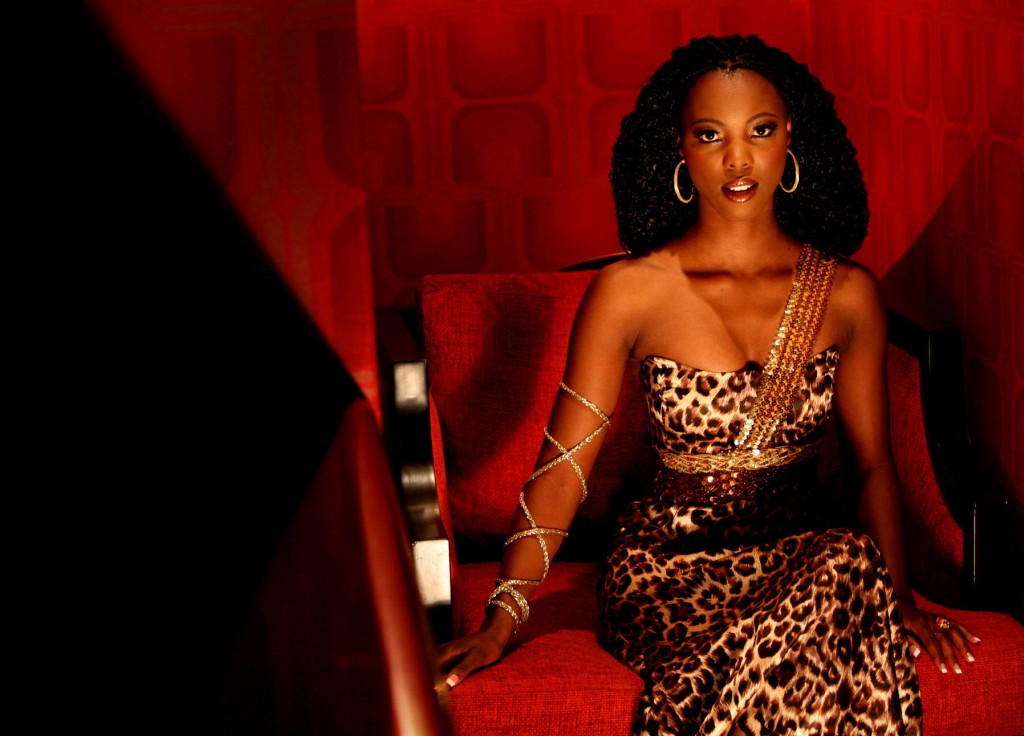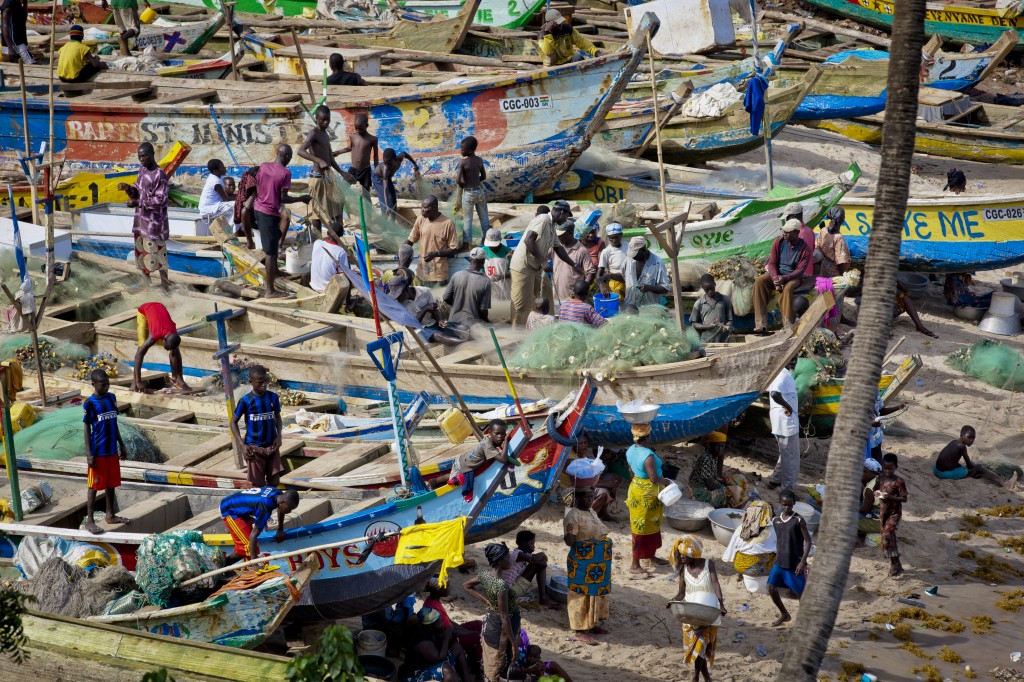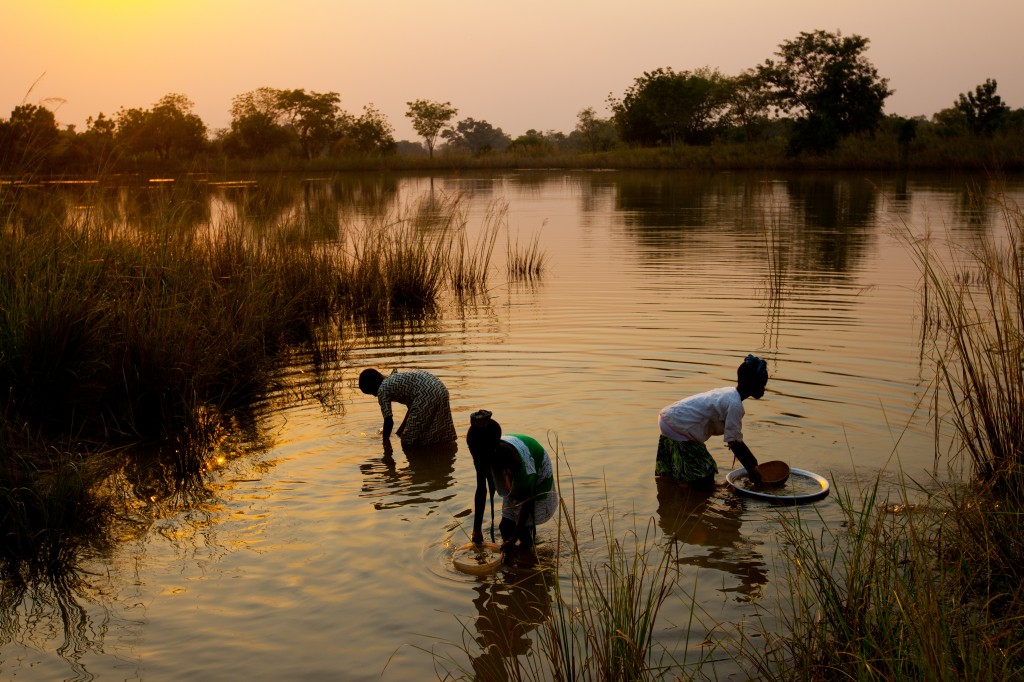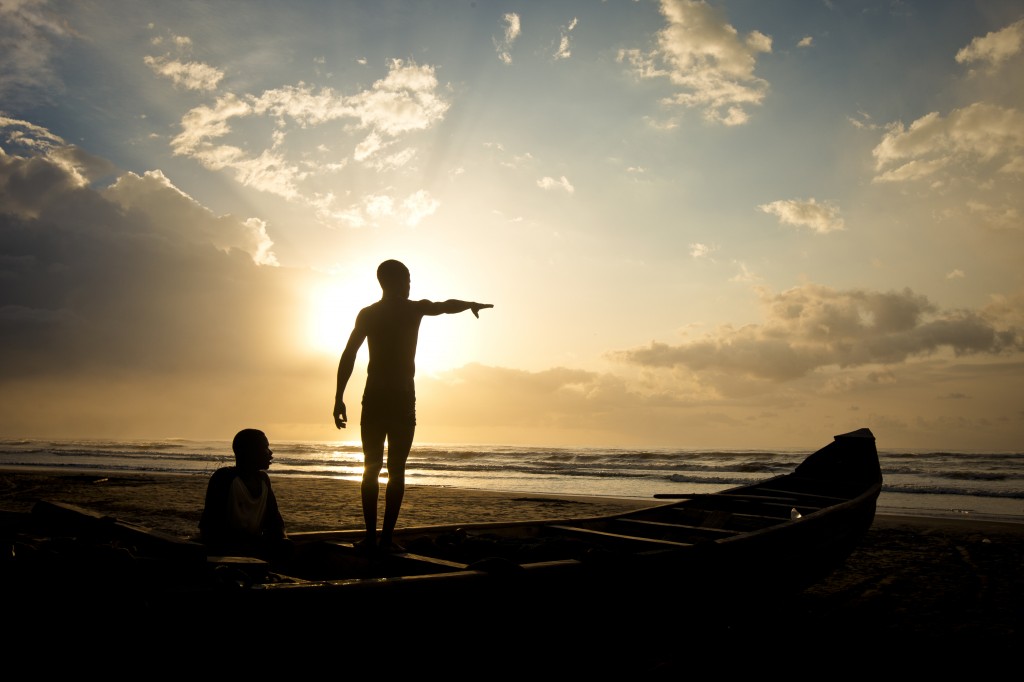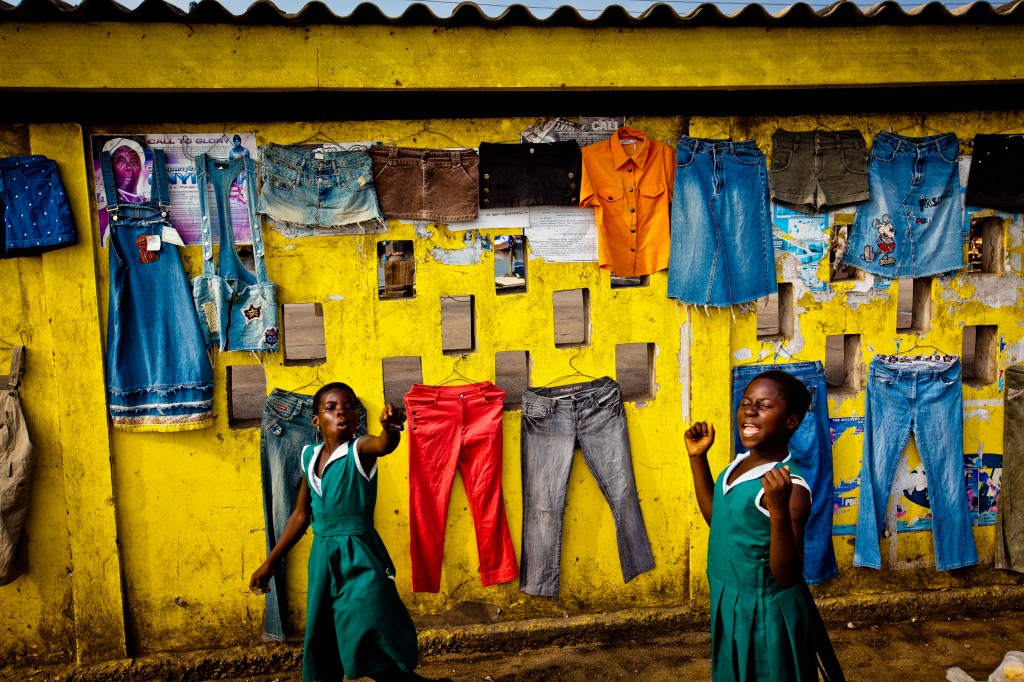Africa is on a quest to reclaim the continent from over 100 years of photographic misrepresentation by outside observers. Local photographers are looking for a balance in a continent portrayed by it’s extremes. Charles Okereke is one of them and just like professor James Michira has an outspoken opinion about a case close to his heart.
“Let me start of by saying that most photographic series, reports or documentaries about Africa are in fact not truthful or presenting clear-cut facts. No, they are either captured in a sensational way or depictions of partial, one-sided half-truths with a mostly political aim. It’s these misrepresentations as barometers that form the basis for subsequent viewpoints which situations were weighed upon.” Nigerian photographer Charles Okereke could write a whole essay about how his country and continent have been misrepresented by outside observers of the past century. “These barometers have deeply dug their talons into the fabric of our nation as notions which have become rigidly accepted. There is no objective photographic examination which could call forth a fresher regeneration of a true concept of our continent.”

Challenges
Of course the experiences of foreign photographers is not at all the same as their African counterparts. To be situated in one’s own country is to be grounded in all happenings, being able to give a firsthand report and understand the issues that otherwise come as a second, third or fourth hand report. This situation is slowly shifting as many foreign photographers now settle in the continent, but that wasn’t the case over the past decade. They would encounter obstacles and barriers – which Charles rather called ‘challenges’ – of which it is unavoidable that they would sometime be considered man-made either through ‘ignorance’ or ‘certain sentiments which may seem to be one-sidedly tribalistic in certain respects’, as Charles explains. “These festoons of colonial indoctrination still have their roots deeply embedded in the strata of our modern day society.”
Western image
In James Michira’s 2002 paper ‘Images of Africa in the Western Media’ he provides a crude seven point summary of the western image of Africa:
Africa as homogenous entity;
‘The dark continent’;
‘The wild jungle’;
Hunger, famine and starvation;
Endemic violence, conflict and civil war;
Political instability, flagrant corruption and incompetent leadership;
HIV/AIDS.
Reason for this portrayal can be traced back by the general lack of knowledge about the continent, the fact that most never visited and the most important factor: photographic misrepresentation. “They possess these images courtesy of the Western media through it’s (mis)representation of Africa”, writes James. “The African continent is depicted as ‘dependent, crisis driven’: hopeless or pitiable. Without exception, the images have been negative and then sensationalize the ‘dark’ side of Africa. Ever since colonial times, such images of Africa have persisted in the West and they still permeate the perspectives taken by the powerful Western media”, explains James. Photography plays a big role is this, painting a biased, subjective presentation of inaccurate, fallacious images of propaganda about the continent.
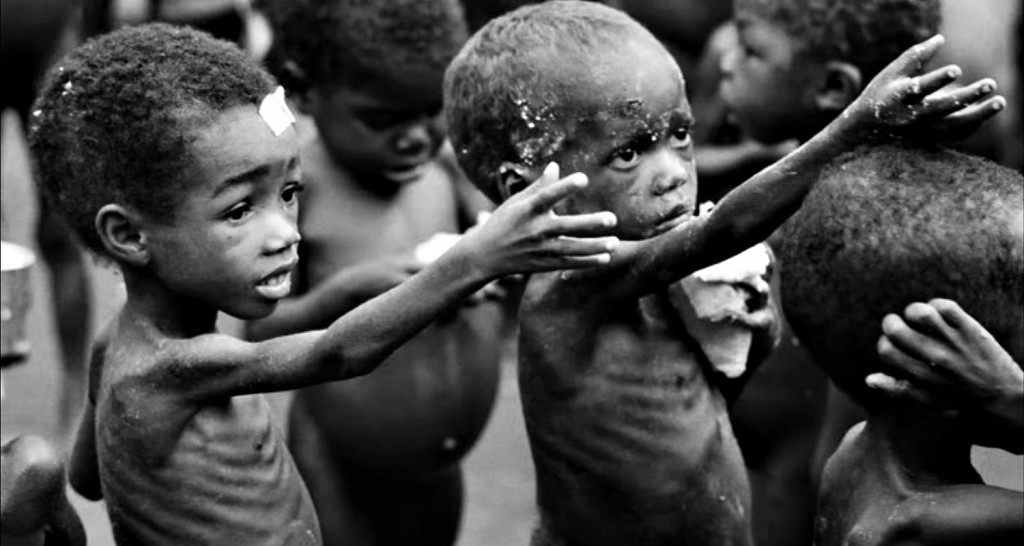
Starvation in the jungle
As an example of Africa as the ‘Wild Jungle’, James asks the question when a drought that threatens millions of lives become news that fits the front page of The New York Times? The answer: When animals die. “In 1992, the New York Times, while covering the drought and starvation that ravaged multiple Southern African countries like Zimbabwe, Botswana, Lesotho, Swaziland and South Africa, published five substantial stories in eight days. Three of the stories were very prominently displayed and they were about the elephants, the rhino and other endangered species while the other two shorter ones appearing deep in the inside pages were on the African people themselves.” Next to that is the fact that most Western media for years only published images of Africa featuring famine and starvation, therefore being the once the permeated the most consistent and persistent. Moving images of poor, emaciated and malnourished children who sorrily look stare into the camera. No matter which country they’re from, they tell the same story – no distinction in Africa as a homogenous entity.
Savages
When not covering misery, photographers focussed on various forms of violence “ranging from “tribal” clashes, armed conflicts, and civil wars to genocide”. Those images have a high premium in Western media and usually make the headlines. James: “While it may be difficult to achieve total objectivity in photography, it is not lost to many observers that reports in the Western media about war and conflicts in Africa are often crisis-driven in such a way as to imply that Africans are naturally savage, warlike, violent and steeped in primordial tribal feuds.” Just add a portion of political instability to that mix and photograph a few corrupt dictators, coups and military rulers to paint a completely disturbed image.
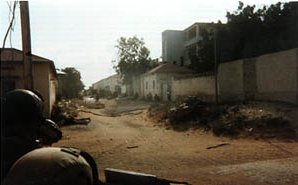
Factors
Is there a simple reason why this photographic misrepresentation has been going on for so long? “Misinformation about Africa has become a growth industry in the West”, Ama Biney, a lecturer in West African studies at Middlesex University and Birkbeck College, University of London in the United Kingdom, says. But why? “Commercialization, monopolies, foreign policy and schools”, James adds. In case of the first it’s because media corporations need to make profit for their shareholders, therefore commercializing the portrayal of Africa. Images of starving babies sell, just like violence and despair; not quality, professional, objective and balanced reporting. The second reason is explained by the fact that Western corporate giants own media outlets, read: what is photographed in Africa. They determine about what is being reported. By ‘foreign policy’ is meant ‘western interests’ in Africa. Minear, Scott and Rienner put it like this in their book ‘The News Media, Civil War and Humanitarian Action’: “Pictures of starving children, not policy objectives, got us (the United States) into Somalia in 1992. Pictures of US casualties, not the completion of our objectives, led us to exit Somalia.” James adds: “When terrorists attacked Kenya and Tanzania in 1998, the US and Western media in general gave it abundant coverage because US ‘interests abroad’ were targeted.” Last but not least, schools, because, so explains James “Unlike the average African high school student who studies not just African but European history, American history, among other world histories, the average American student either is not exposed to the history and geography of Africa or is exposed to materials that contain inaccurate information.”
Proper representation
According to Charles the limitation is the lack of broadening points and opportunities not created, which could have expanded the photographic scope. “It is noteworthy that in our environment many of the basic instruments of photography have been highly neglected, especially when it comes to representing our own continent. These are relegated as been unimportant or not viable commercially, but should be the guard which as complementary factors adds to a nation’s development and her presentation of visual history. There is an urgent need for the development of these aspects if Africa is to achieve a proper and fair photographic representation of itself.”
For James it doesn’t matter if the photographic misrepresentation of the African continent is a result of biased, unbalanced and subjective reporting, or is a consequence of a new way of perceiving reality where few corporate giants are creating commercialized representations of the continent in order to maintain their own businesses and ideological agendas. “The issue here, it seems, is that these representations are always focused on the negative, the awkward, the weird and the absurd, the wild and the exotic. The fact remains, however, that these images are not all that Africa is about and, moreover, some of those images are not unique to Africa.”

Both agree that all effort must be undertaken to change these misrepresentations however. Photographers need to uphold the professional ethics of journalism that call for the highest possible level of objectivity, neutrality and balance in reporting, “even as they operate in the cut-throat atmosphere of Western competitive media.” And there is a chance for African photographers to show a different continent as well. Not depending on Western media, but to establish their own outlets. This way they can show their own image, or in the words of Patrice Lumumba: “Africa will write its own history, and it will be a history of glory and dignity.”
Read the original article on The is Africa




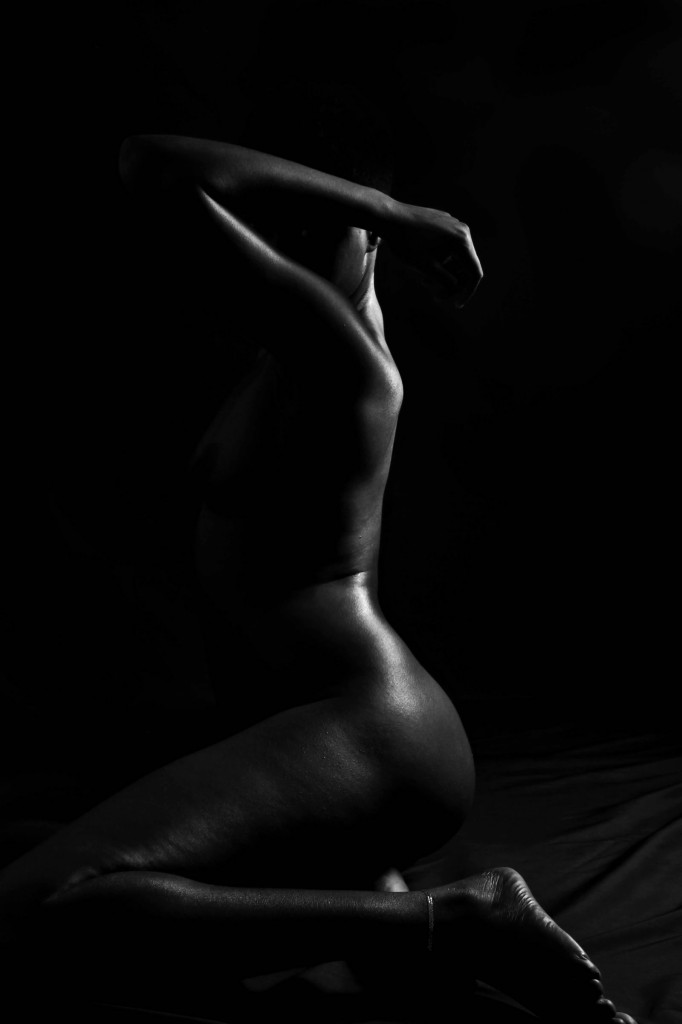
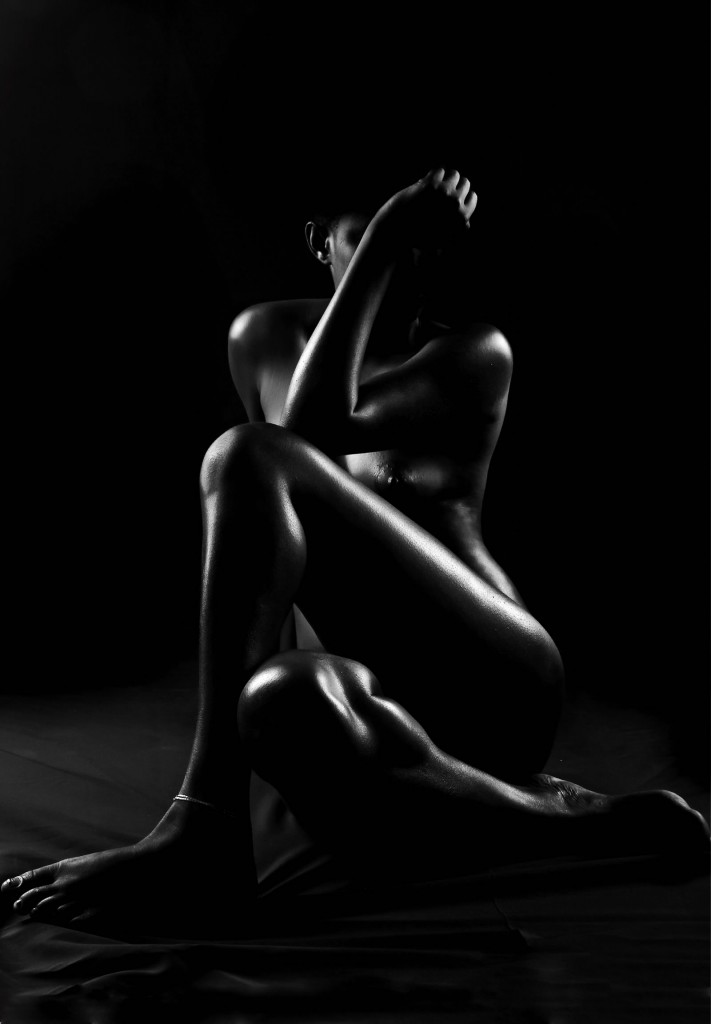
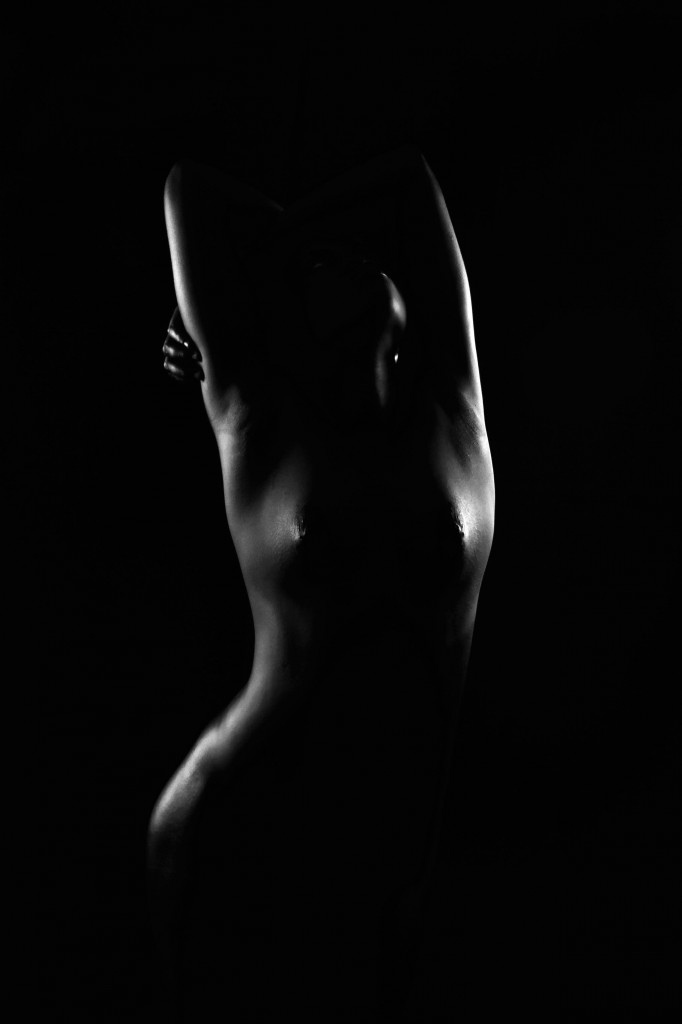

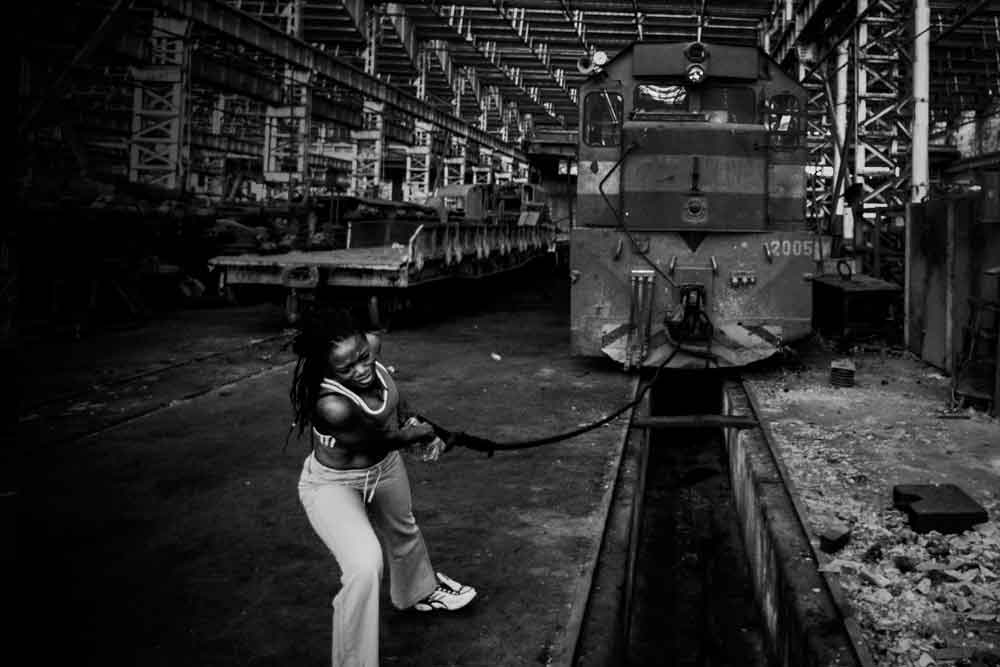
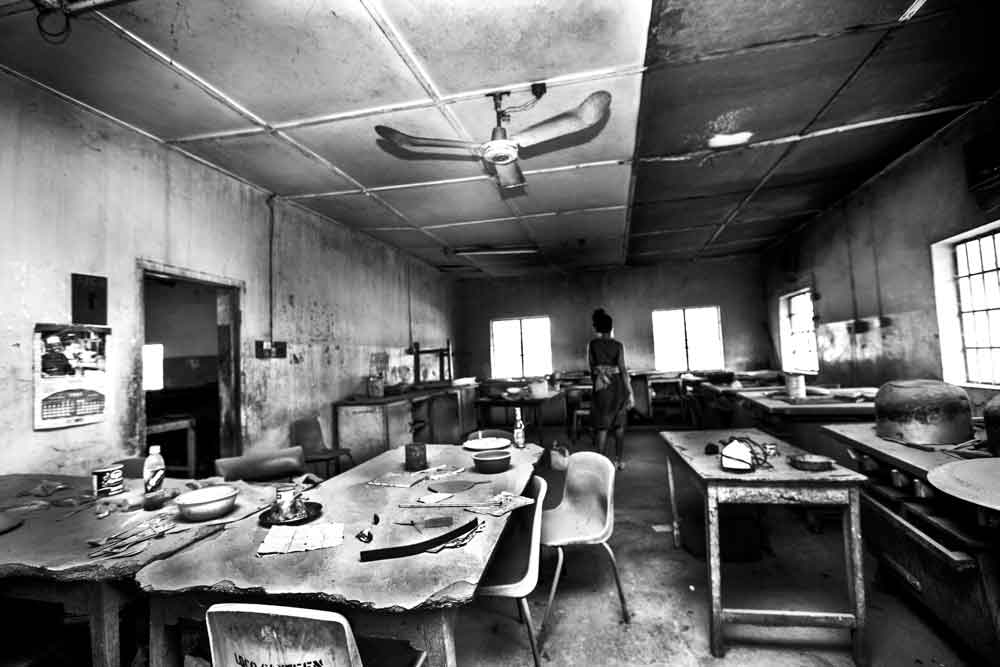
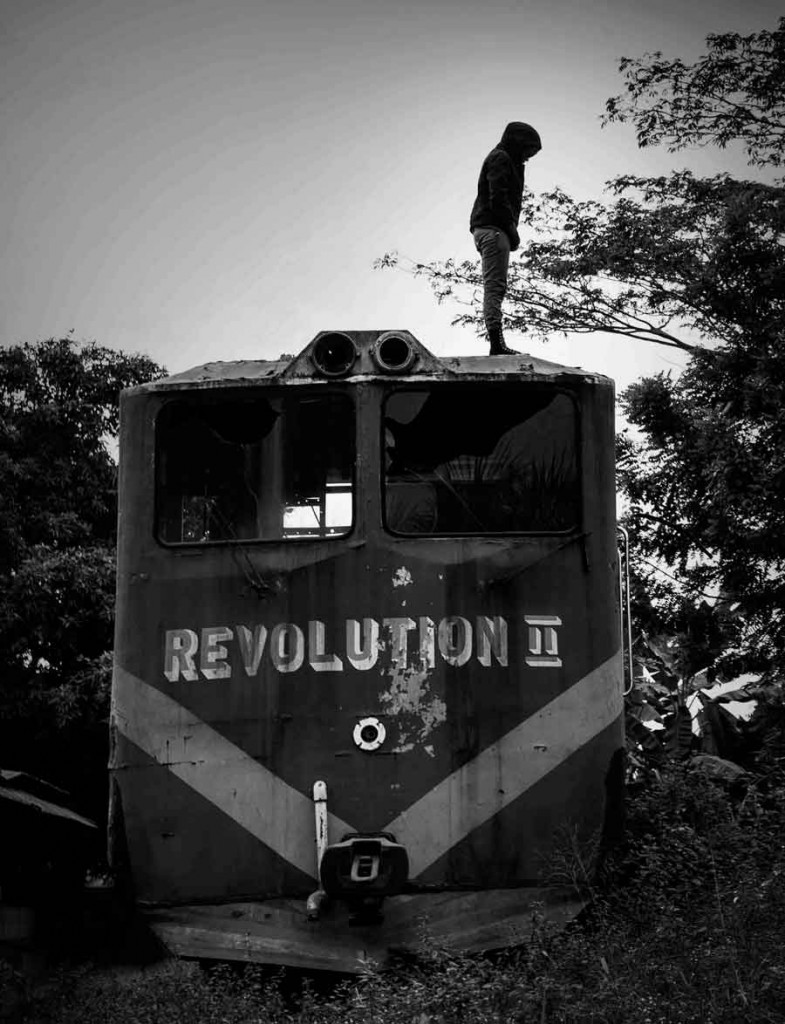
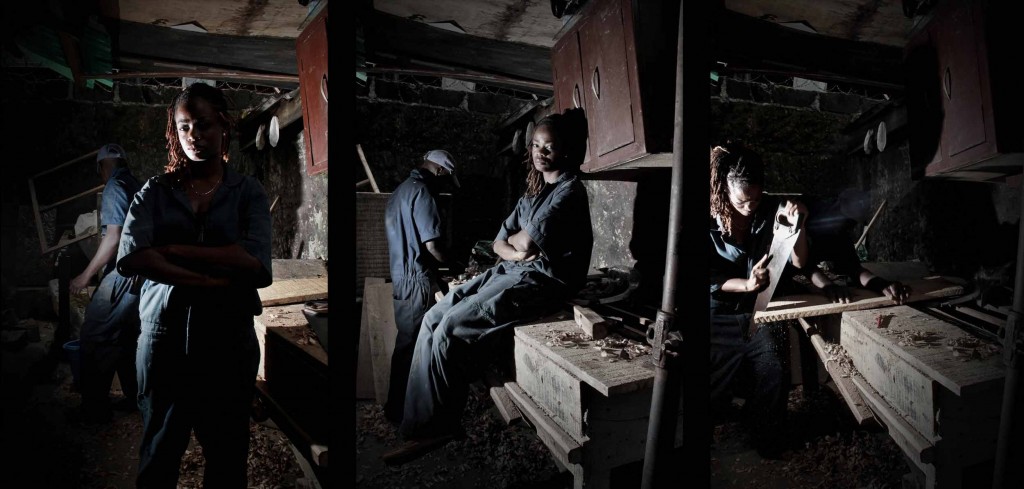
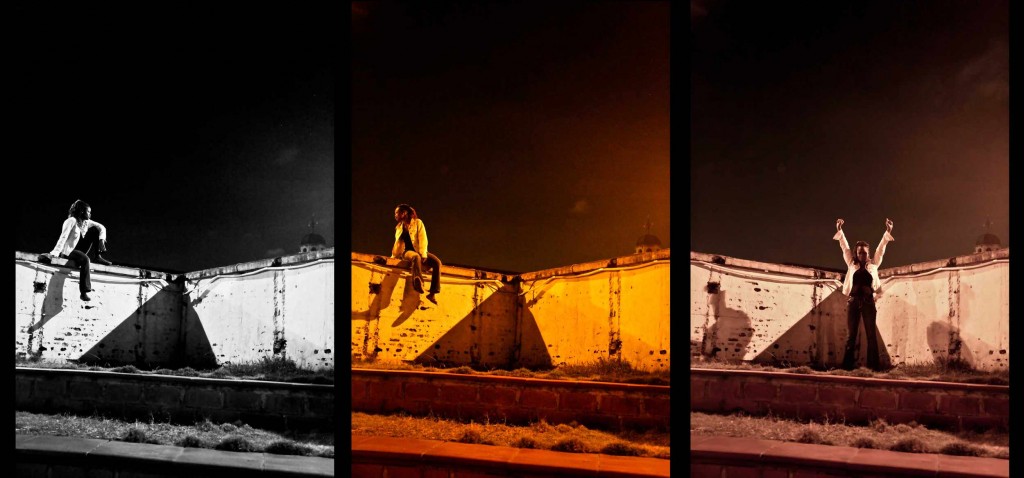





![4.Red alert [2009]](http://jorritdijkstra.nl/wp-content/uploads/2014/07/4.Red-alert-2009.jpg)
![Black Star [2009]](http://jorritdijkstra.nl/wp-content/uploads/2014/07/Black-Star-2009.jpg)
![Evil Signs [2011]](http://jorritdijkstra.nl/wp-content/uploads/2014/07/Evil-Signs-2011.jpg)
![Merged [2011]](http://jorritdijkstra.nl/wp-content/uploads/2014/07/Merged-2011.jpg)
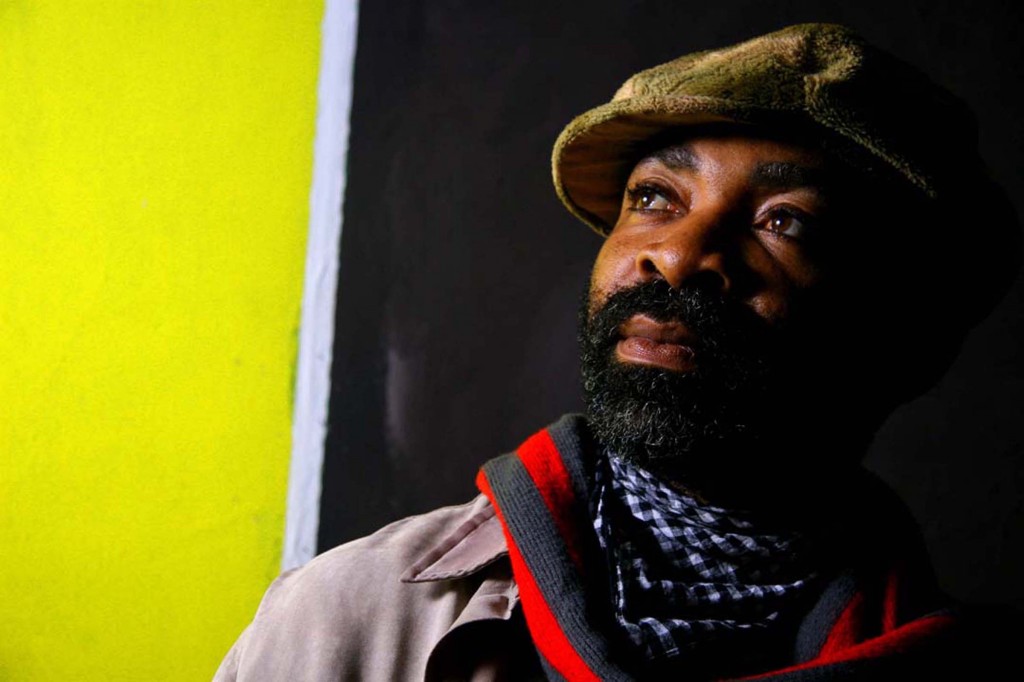
![Paradise Utopia [2011]](http://jorritdijkstra.nl/wp-content/uploads/2014/07/Paradise-Utopia-2011.jpg)

